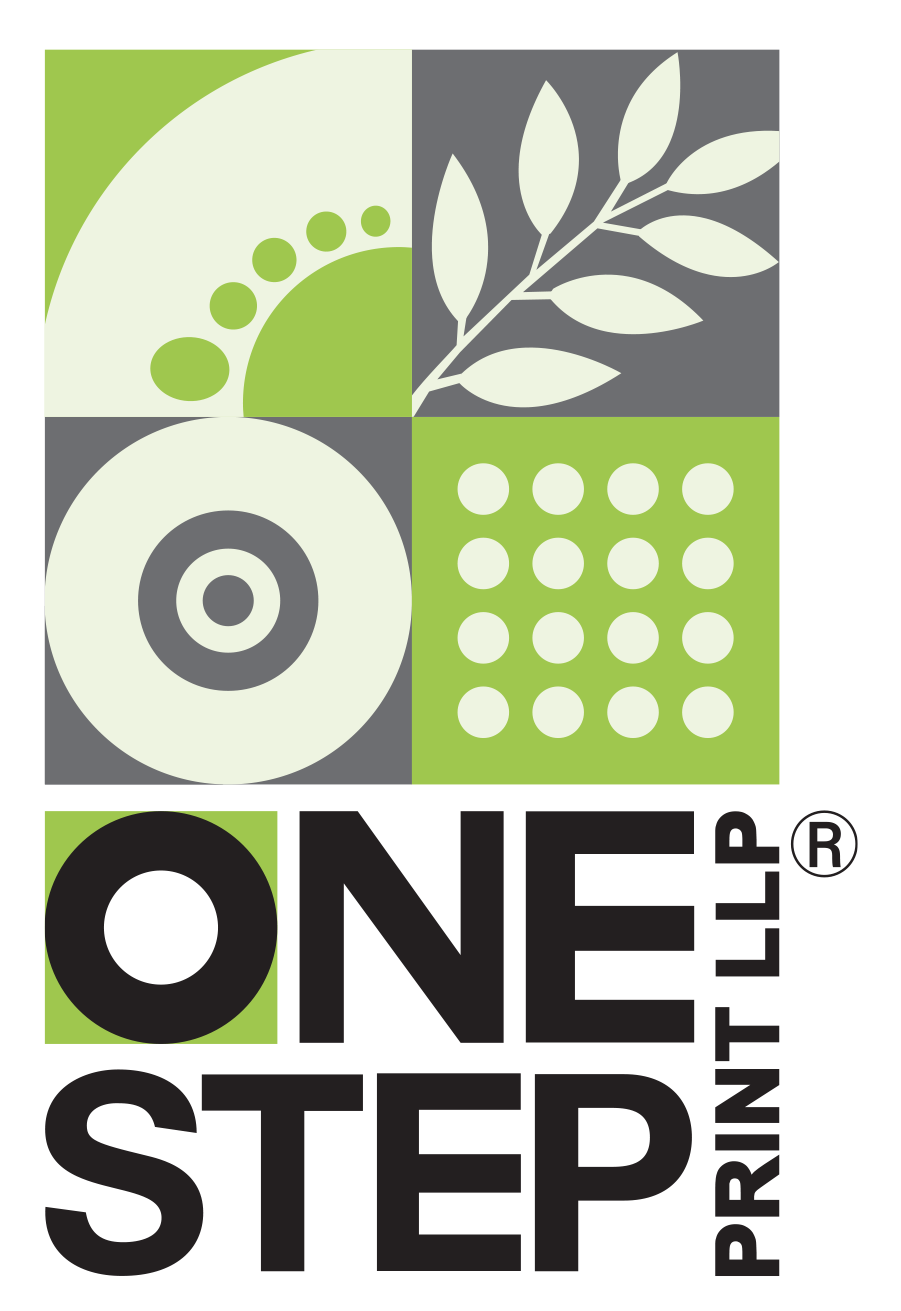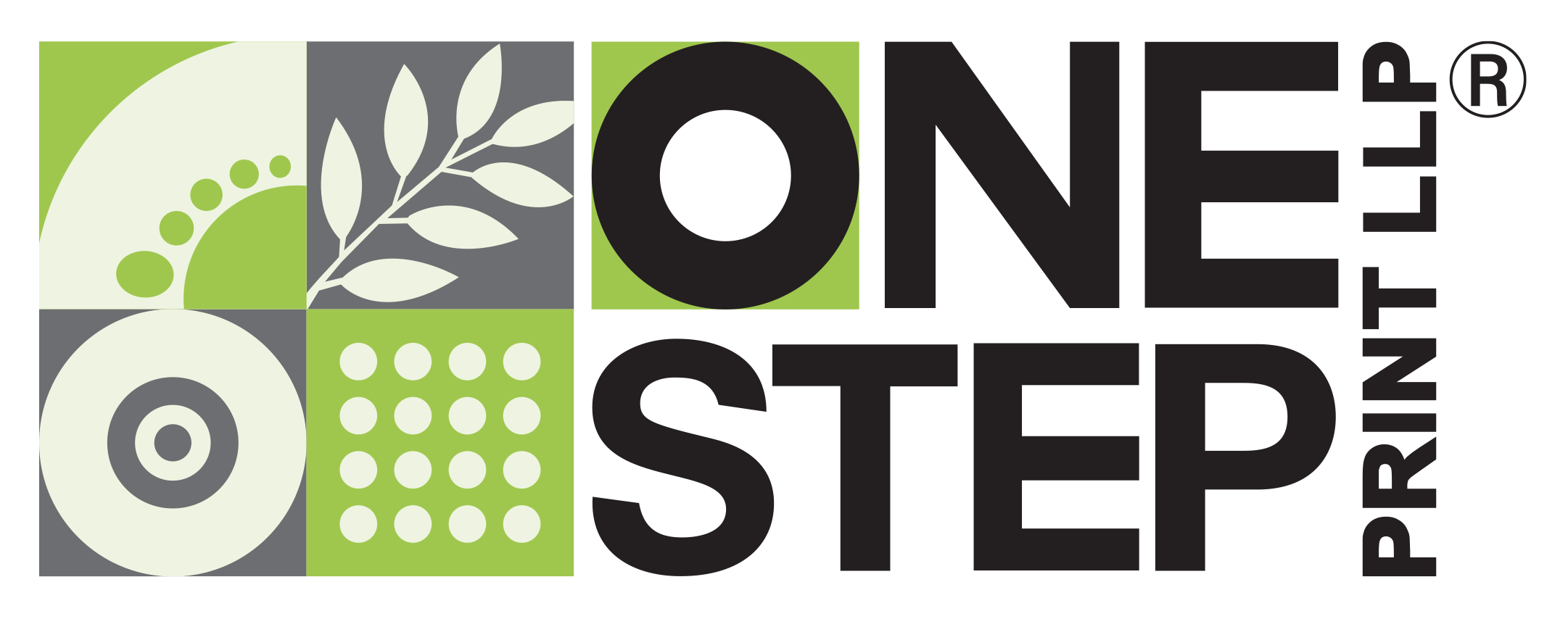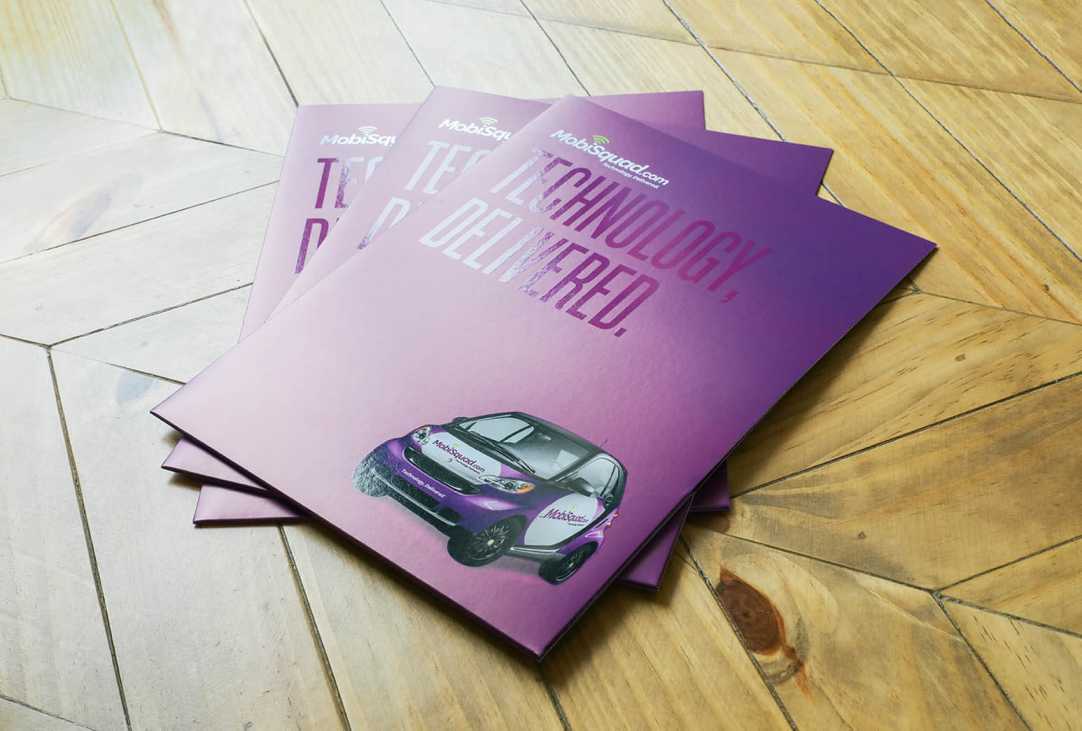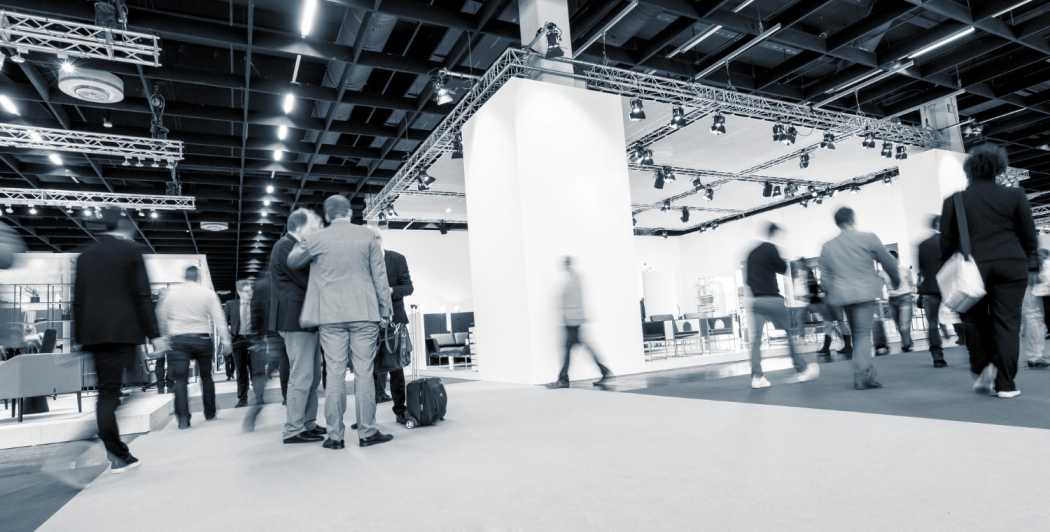A SIMPLE GUIDE TO SELECTING THE RIGHT PAPER
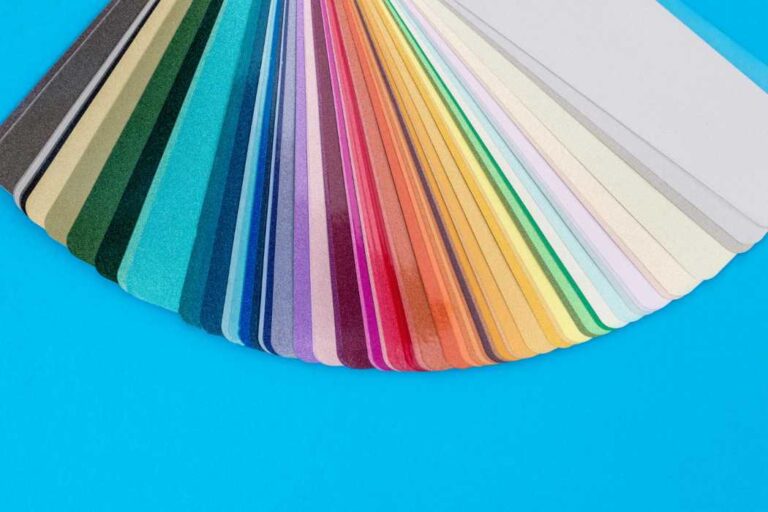
In the world of printing, picking the right paper can make all the difference. As a printing expert, I’m excited to share tips on choosing the best paper for your projects and how different types can fit your needs perfectly.
The Basics: Understanding Paper Stocks
Understanding paper stocks is key in printing. The weight, finish, and material of the paper greatly affect the look and durability of your final product.
Matte vs. Glossy: The Aesthetic Dilemma
Matte Paper: Matte paper, with its non-shiny surface, is perfect for projects where easy reading is important. It’s great for brochures, documents with lots of text, and business cards, giving a refined, subtle look.
Glossy Paper: Glossy paper is ideal for projects that need bright colors and crisp images. It’s the best choice for magazine covers, posters, and photo prints, boosting color vibrancy and contrast.
Weight Matters: Navigating Paper Thickness
Lightweight Paper (74 lb and below): Great for everyday items like flyers and standard documents, lightweight paper is affordable and versatile.
Mediumweight Paper (80 lb – 60 lb): Perfect for brochures and presentations, mediumweight paper offers a sturdier feel while remaining flexible.
Heavyweight Paper (100 lb and above): Ideal for durability, heavyweight paper is perfect for business cards, postcards, and high-quality prints, providing a premium, substantial feel.
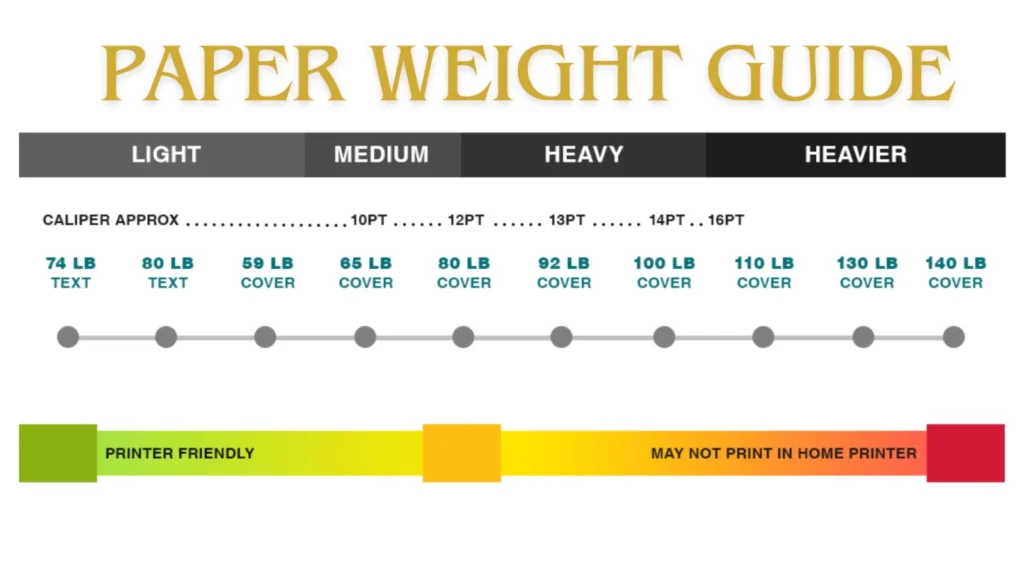
Coated Vs. Uncoated Paper
Uncoated paper has a natural, textured surface without any coating. This gives it an elegant and sophisticated look, making it a favorite for high-end projects. It’s easy to write on and has a warm, classic appearance when printed. Perfect for letterheads, envelopes, and books, uncoated paper adds a timeless touch to your print materials.
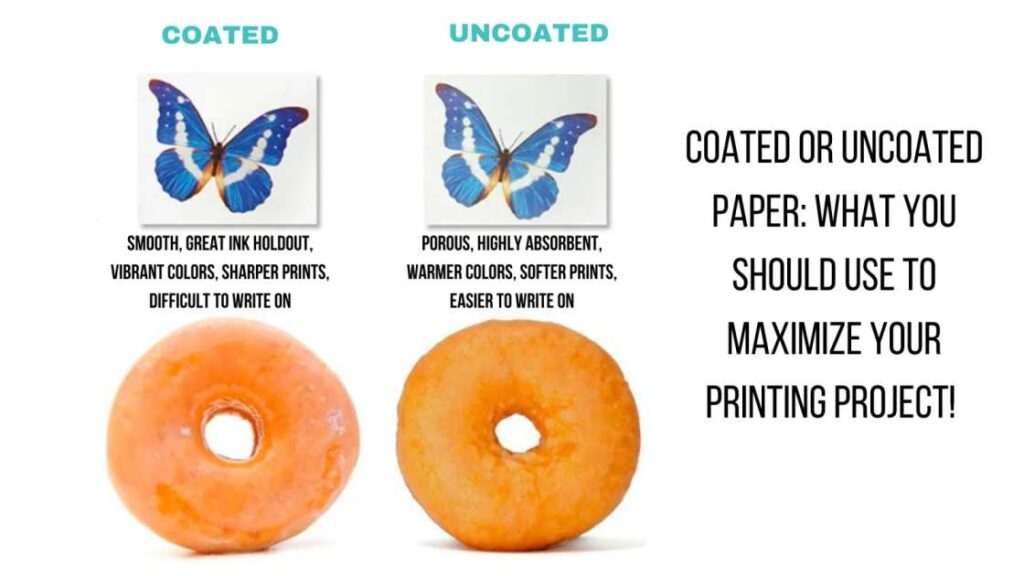
Uncoated Paper: Uncoated paper has a natural, textured surface that’s easy to write on. It offers an elegant look with better ink absorption, resulting in a softer, warmer appearance. Ideal for letterheads, envelopes, books, and notepads, it’s perfect for writing or drawing purposes.
Coated Paper: Coated paper has a smooth finish that enhances color vibrancy and reduces ink absorption, leading to quicker drying times and a more durable finish. It’s best for magazines, brochures, catalogs, photographs, and marketing materials that need a sleek, glossy look.
Choosing between coated and uncoated paper depends on your project needs and the look you want to achieve.
The Art of Paper Selection
In the world of paper stocks, each type offers its own unique qualities. By grasping the differences between matte, glossy, lightweight, heavyweight, coated, uncoated, and specialized papers, you can turn your printing projects into standout pieces.
Ultimately, choosing the right paper stock means matching its features with your project’s goals and style. With the right choices, you can maximize the impact of your print materials and make a memorable impression on your audience.
Got a print project coming up and need advice on paper options? Contact us to discuss the details!
[Bulk Printing, Offset Printing, Commercial Printing, Printing Partner, Printing Service Provider, Printing Solutions, Printers For Corporates, Professional Printing, One Step Print LLP, Offset printer for bulk Printing, Printer Nearby, Paper Stock Guide, Choosing Paper for Printing, Matte Paper vs. Glossy Paper, Lightweight Paper Uses, Mediumweight Paper Benefits, Heavyweight Paper Advantages, Coated Paper Characteristics, Uncoated Paper Features, Paper Types for Printing, Best Paper for Projects, Printing Paper Options, Paper Stock Differences, Paper for Business Cards, Paper for Brochures, Paper for Books and Notepads, Vibrant Color Printing Paper, Durable Paper for Marketing, Elegant Paper Choices, Textured Paper for Printing, Print Project Paper Selection]
